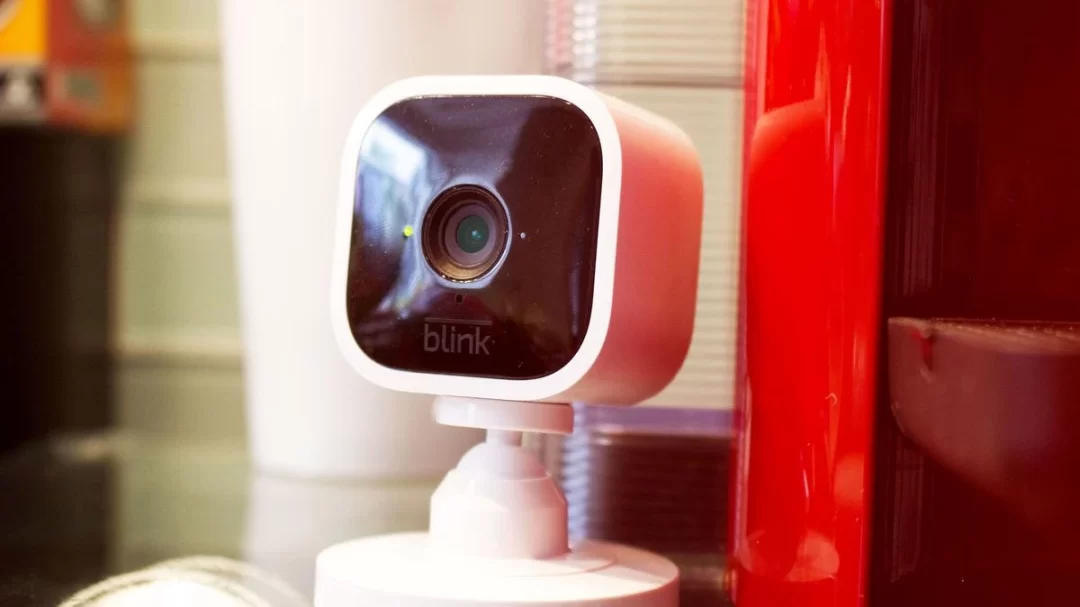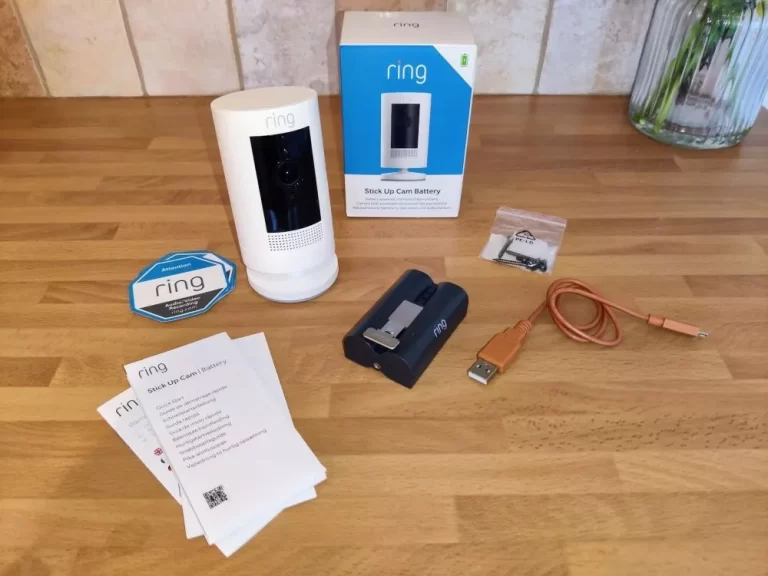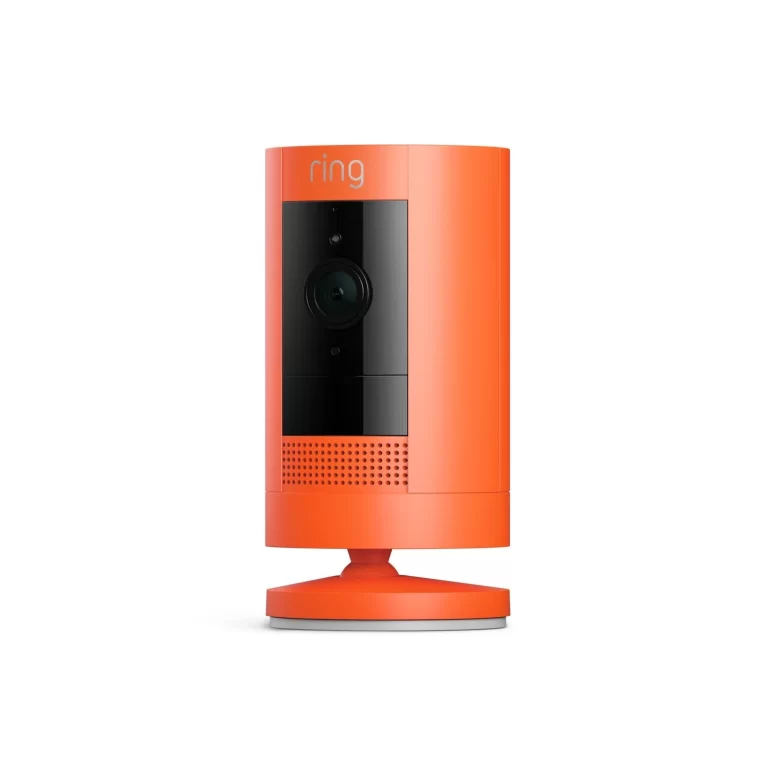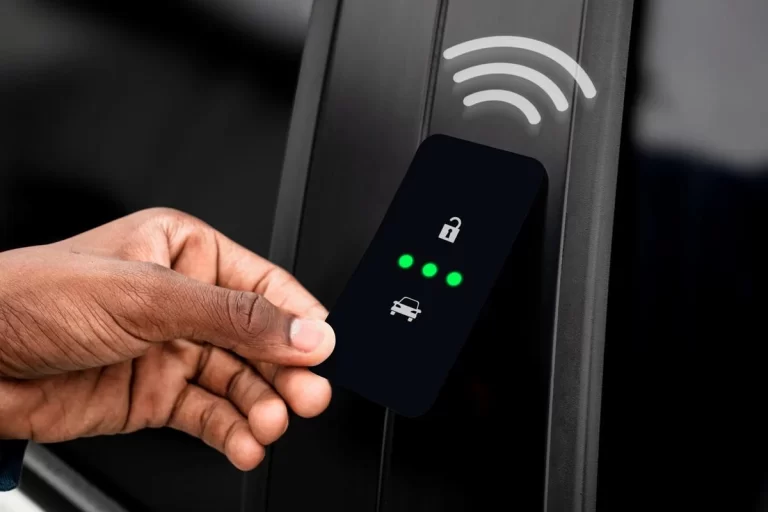Do Blink Cameras See at Night?
Do Blink cameras see at night? Blink cameras have gained significant popularity in the world of home security. With their easy installation, wireless connectivity, and motion detection features, they offer a convenient way to monitor your property.
In this comprehensive article, we will delve into the night vision capabilities of Blink cameras, addressing common concerns, highlighting their features, and providing insights into their performance in low-light conditions.

Do Blink Cameras See at Night?
When it comes to nighttime surveillance, Blink cameras have got you covered.
These innovative devices are equipped with advanced night vision technology, enabling them to capture clear and detailed footage even in the absence of external lighting.
Blink cameras utilize infrared (IR) illumination to illuminate the scene and record videos in low-light environments.
How Does Night Vision Work?
To understand how Blink cameras see at night, let’s explore the workings of night vision technology. The cameras are equipped with infrared LEDs that emit non-visible light in the infrared spectrum.
This light bounces off objects and returns to the camera, where it is then captured by a specialized sensor.
The sensor translates the reflected light into a visible grayscale image, allowing you to see what’s happening in the camera’s field of view, even in complete darkness.
The Night Vision Range of Blink Cameras
Blink cameras offer an impressive night vision range, allowing you to monitor your surroundings effectively during nighttime hours.
The exact range can vary depending on the specific model and environmental conditions, but on average, Blink cameras provide a night vision range of up to 20 feet (6 meters).
This ensures that you can clearly see any activity within the designated range, even in pitch-black darkness.
Maximizing Night Vision Performance
To make the most out of your Blink cameras’ night vision capabilities, consider the following tips:
1. Proper Camera Placement
Ensure that your cameras are strategically positioned to capture the desired areas effectively. Avoid placing them too close to windows or other sources of potential glare, as it may impact the night vision performance.
2. Optimal Distance
Maintain an appropriate distance between the camera and the subject you wish to monitor. Getting too close or too far may result in reduced clarity and visibility during nighttime recording.
3. Observe the Surroundings
Take note of any objects or obstacles that might obstruct the camera’s field of view. Trim any overgrown branches or bushes that could interfere with the night vision functionality.
4. IR Reflection
Avoid placing the cameras near reflective surfaces, such as mirrors or glass, as they can cause IR reflection and affect the clarity of the captured footage.
5. Routine Maintenance
Keep your Blink cameras clean and free from dust or debris. Regularly wipe the lens to ensure optimal image quality, especially for night vision recording.
Frequently Asked Questions About Blink Camera

Here are some questions and answers related to “Do Blink cameras see at night?”
1. Can I view the night vision footage remotely?
Yes, absolutely! Blink cameras are designed to provide remote access to your footage.
By connecting the cameras to your Blink account and using the Blink mobile app or web portal, you can conveniently view the night vision footage from anywhere with an internet connection.
Also, Blink cameras offer customizable settings, allowing you to adjust the sensitivity of the night vision feature. You can fine-tune the camera’s sensitivity to optimize its performance in different lighting conditions.
2. How clear is the night vision footage?
Blink cameras deliver remarkably clear night vision footage, thanks to their high-quality sensors and advanced image processing capabilities.
The grayscale images captured during low-light conditions offer detailed visibility, enabling you to identify objects and individuals with ease.
Also, Blink cameras have a built-in feature that enables automatic mode switching between night vision and regular mode.
The cameras detect ambient light levels and seamlessly transition between modes as needed, ensuring optimal recording based on the lighting conditions.
3. Are there any limitations to Blink cameras’ night vision capabilities?
While Blink cameras excel in low-light conditions, it’s important to note that their night vision range is limited.
If you require surveillance beyond the specified range, you may consider adding additional lighting sources or exploring other camera options.
Also, Blink cameras utilize their motion detection capabilities even in low-light environments.
The integrated sensors can effectively detect movement and trigger the camera to start recording, providing you with a comprehensive security solution day and night.
Conclusion
Blink cameras are a reliable choice for nighttime surveillance, offering robust night vision capabilities that allow you to monitor your surroundings with confidence.
With their advanced technology and infrared illumination, these cameras provide clear and detailed footage even in the absence of external lighting.
By following the recommended tips and guidelines, you can optimize the night vision performance of your Blink cameras and enhance your overall security setup.
READ ALSO!!!





